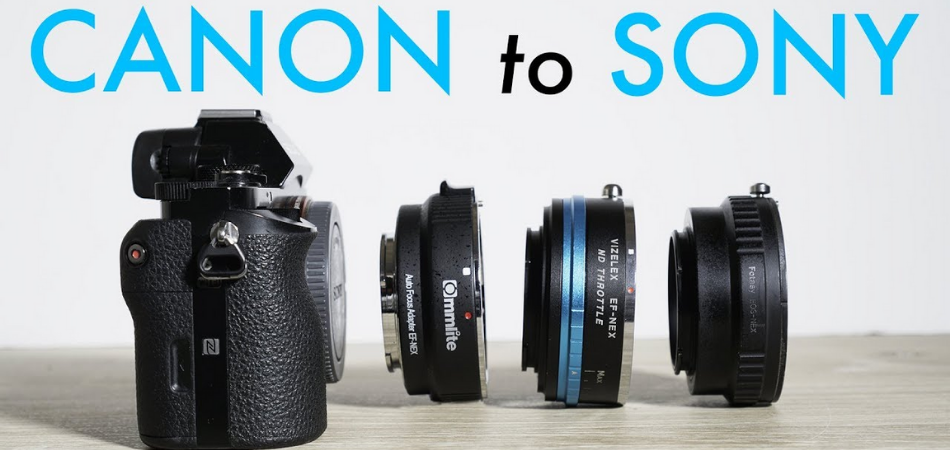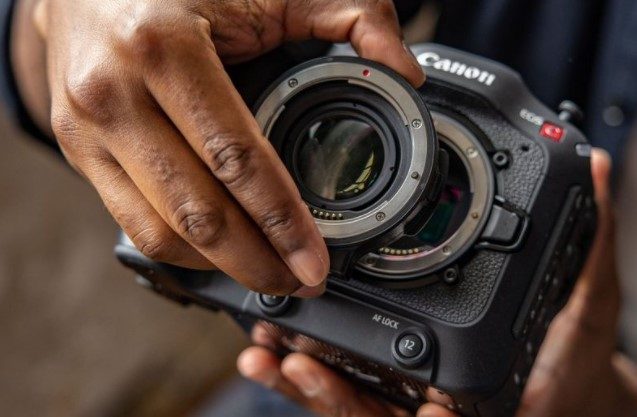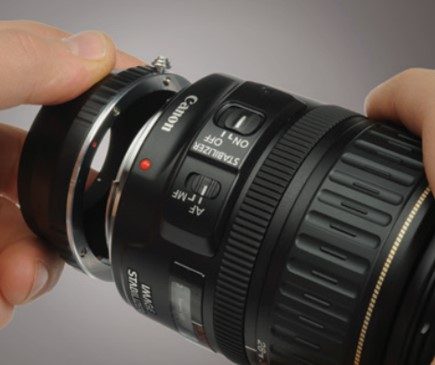You might be adventuring into the world of photography and expanding your knowledge of the equipment that you’d be using. You might have encountered a situation where you have a camera of one brand and you’d want to know if the cheaper lens, or better lens, from another brand, could fit in it.
You realize that there is a sea of options of lenses and accessories available to your camera. The reason for this is that those manufacturers chose to release multiple versions of the same camera models with different mounts to increase their compatibility and, consequently, camera sales.
If you want to learn further about your camera but don’t want to dive too religiously with overwhelming technicalities yet, this article is for you. Read further and take a shot at these ideas…
Can I Use Sony Lens On Canon Camera?
YES, but it would require additional steps and equipment. To do so, you would need to purchase an adapter, and unless the adapter contains a glass element, you would most likely lose infinity focus, which would be detrimental for bird photography.
You would first need to know the purpose of your lens to make sure you won’t lose any feature that you’d need when mounting it in an adaptor. Like I’ve said, with some adaptors, you might lose features like infinity focus which is not great for speeding shots on distances. There are generally three types of lenses.
General-Purpose Zoom
Photographers will be able to shoot a wide variety of photos with this camera lens without having to change their lenses as often. Investing in a high-quality general-purpose lens will allow you to capture everything you need until you have gained enough experience to begin concentrating on specific subjects and situations.
Macro lens
The macro lens is excellent because it is small and lightweight, which makes it convenient to carry around in your camera bag. In addition, when photographing objects up close, it captures incredible levels of detail in the scene. If you are photographing objects that are too small to be captured clearly by a standard camera, you will benefit from using a macro lens.
Telephoto lens
This lens will provide photographers with a great deal of working distance as well as a very narrow depth of field to bring their subjects into sharp focus. A larger aperture will also result in faster shutter speeds, which will allow you to capture the best photos of moving objects. A great focal length is achieved by minimizing distortion and narrowing the angle of view, which allows for sharp portraits to be captured. This lens type is a good choice for paintball gaming or any sports that you are into.
When you would have to know which mounts these lenses have, there are a variety of methods for connecting a lens to a camera. There are several standard mount types for lenses and cameras, each of which has either threads or a bayonet-style mount.
EF-Mount (Electronic Focus Mount) These are relatively the most common type of mount. It is Auto-Focus compatible, affordable, OEM brand-friendly Though is considerably less durable than PL mount.
PL-Mount (Positive Lock Mount) This mount is the most durable. It is considered professional and standard in the industry. You would find this on the more expensive side, though.
F-Mount (Format SLR Mount) This is considered the most versatile as it is backward compatible. But not as durable and OEM-friendly as the other two mounts.
Read Also: Difference Between Telephoto lens And Zoom Lens?
Steps To Mount Sony Lens On Canon Camera
To mount a Sony lens on a Canon camera, you would be needing a lens adapter specifically compatible with your camera and lens model.
Although the lens would fit physically, you might find functions such as AE metering (automatic diaphragm), and other functions dependent on communication between the camera body and lens disrupted by the lens adapter.
You might find yourself setting exposures manually or the aperture priority in *stop-down* mode. A lens that doesn’t have a manual aperture ring would have its aperture stop in its highest value.
To mount the lens adapter, follow these steps:
1. Align the lens adapter’s alignment notch with the dot on your lens. Some lenses will have different markings from others, so you’d have to get familiar with your equipment first.
2. Twist the adapter clockwise until it is securely in place.
3. Align the dots just on your lens adapter with the layout marks on the camera.
4. Twist the lens assembly in a clockwise direction until it is securely in place.
Can I Use Sony Lenses on Other Cameras?
Sony designed an A-mount and the E-mount lens mount systems unique to their digital cameras. The A-mount is standard on Sony’s Mirror-type camera bodies; the E-mount is to be fitted on the newer designs which don’t use mirrors.
That being said, we could presume that Sony lenses are designed for Sony cameras only. Whilst you could still try mounting an adapter to use on other cameras, Sony does not guarantee the proper function of their lenses.
If in any case, you would really need to mount a Sony lens on other camera brands, make sure to buy the right mount adapter and follow the instructions that we have stated earlier in this article.
Frequently Asked Questions (FAQs)
Nothing is more rewarding for a budding photographer than seeing beautiful photographs taken with a camera they have themselves. However, if you’ve already outgrown your current camera, it may be time to consider upgrading to a better lens.
Are you prepared to make some addition to your collection of lenses? This guide will walk you through everything you need to know before purchasing another lens
Is it possible to use third-party lenses and accessories with my digital camera?
Some accessories, such as shoe lenses, microphones, external flashes, and adapters, from third party makers that are currently available on the market, may work with your model. However, we are unable to guarantee complete compatibility due to the fact that we have not been able to test its functionality. For complete details and compatibility information on such accessories, contact the manufacturer.
What is likely to be unfavorable in using a DSLR camera?
The disadvantages of DSLR cameras are their higher price tags when compared to point-and-shoot models, as well as their larger physical size and heavier weight when held in the hand. Digital SLR cameras are also more complicated to use, with a longer learning curve, higher ongoing maintenance costs, and more shutter noise during the shooting process.
Why use a DSLR Camera over others?
When using a DSLR camera, the advantages include improved shooting flexibility, higher-quality images, greater control over the camera’s settings, and complete control over depth of field. DSLRs also allow you to see exactly what you’re shooting, and because of their long battery life, they’re also better for shooting in cold weather.
Final Thoughts
There is no single camera model that is optimal for all photographers; rather, the best DSLR model will be determined by the photographer’s preferences.
The lenses you use throughout your photography career, aside from the camera itself, will be one of the most important investments you’ll make, so make sure you choose yours with care and attention to detail. And once you’ve found the perfect lenses, take your time to learn how to get the most out of them once you’ve found them.






